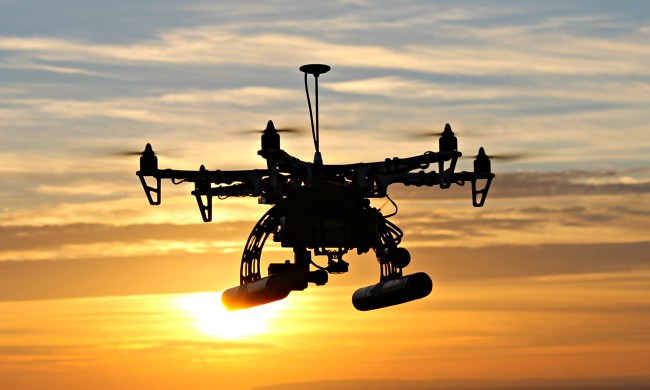But ecologists at Pennsylvania’s Gettysburg College are exploring a new use-case we’ve not personally come across before: The use of drones as bio-acoustic recording devices for helping survey bird populations. In a proof-of- concept demonstration, they utilized hanging recording equipment suspended 26 feet below drones to count birds at 51 different locations and compared the results with those of traditional, pre-drone methods for the same task.
In almost all cases, the drone performed as well as deploying trained ornithologists to do the surveying.
“The main impetus for this work is that counting birds by their calls and songs is a standard way of monitoring bird populations, which in turn are really important environmental indicators,” study co-author Andrew Wilson told Digital Trends. “It’s often really difficult or time-consuming to get everywhere we’d like to get to survey bird populations. The middle of dense forests, steep hillsides, rivers, large wetlands are all tough to navigate on foot, and yet are really important habitats for many species. We propose that accessing these areas using a drone would be much more efficient, and rather using the ornithologists ears to document bird song, we can take a recording and analyze it later.”
The solution isn’t perfect in every instance, though. In addition to the perennial drone issue of battery life, in one case the researchers found that the sound of one particular bird species was drowned out by the drone. It’s also unknown whether birds subtly change their behavior in response to UAVs.
“We worry that drone noise might spook birds,” Wilson continued. “We know that it didn’t have a big effect on bird behavior, but we’ll be conducting more experiments to investigate that further. We think, and hope, that there’s enough of a demand for quieter drones that the technology will eventually get improved. We already know there are some startups who are looking at technological ways to reduce noise.”
Ultimately, until the technology improves, this may turn out to be more an “added extra” to complement trained ornithologists. But, hey, it’s another piece of evidence proving how versatile drone technology can be.

